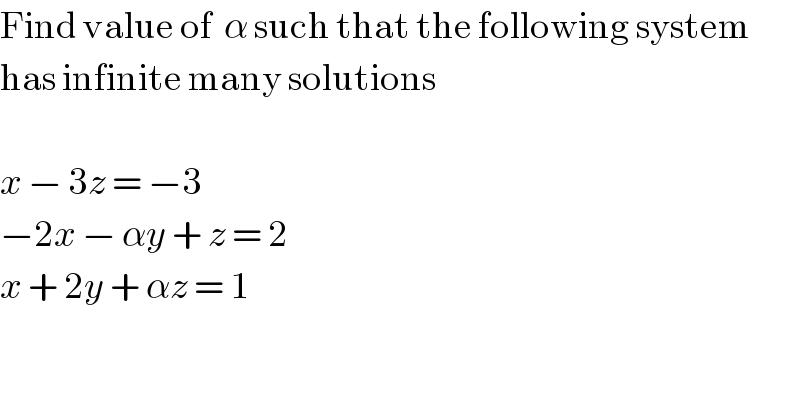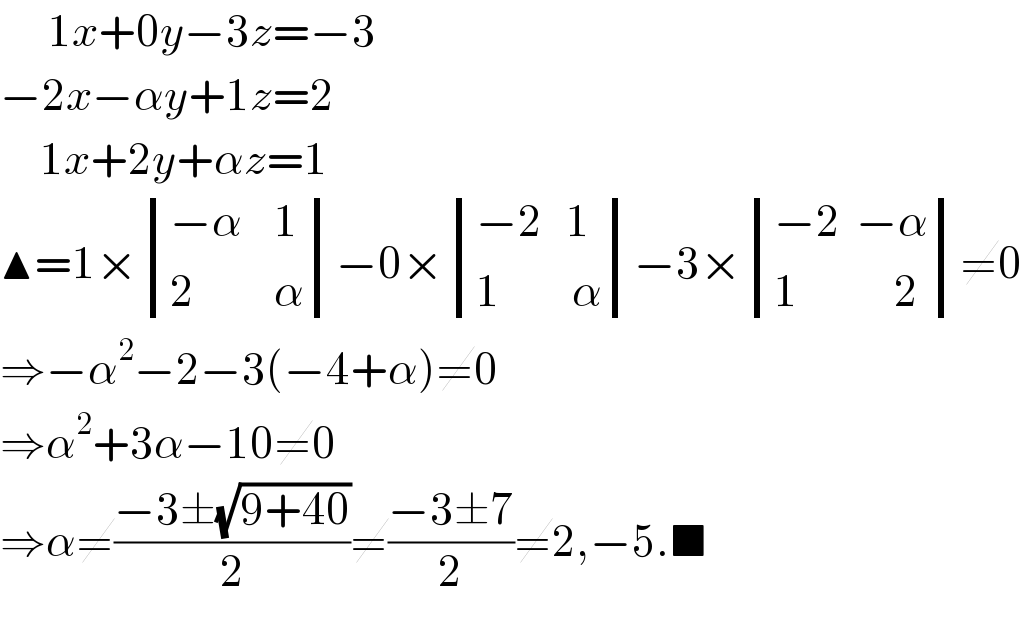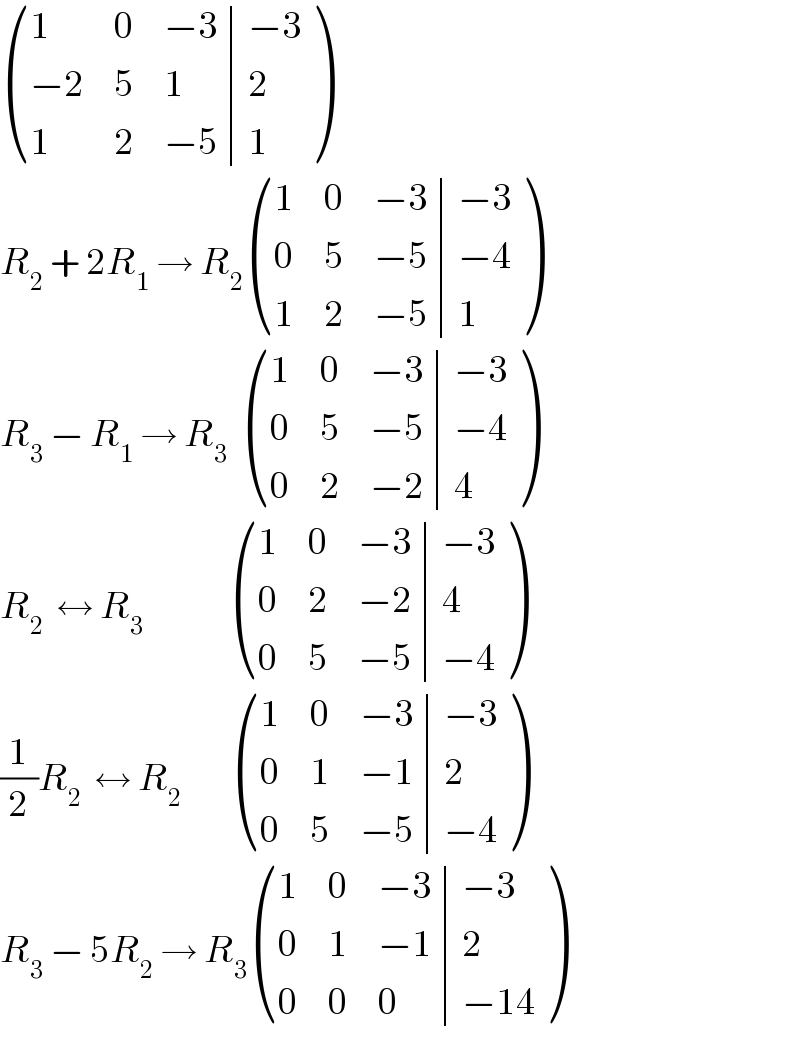
Question and Answers Forum
Question Number 42375 by Joel578 last updated on 24/Aug/18

Commented by Joel578 last updated on 24/Aug/18

Commented by maxmathsup by imad last updated on 24/Aug/18

Commented by Joel578 last updated on 25/Aug/18

Commented by math khazana by abdo last updated on 26/Aug/18

Commented by Joel578 last updated on 27/Aug/18

Answered by behi83417@gmail.com last updated on 24/Aug/18

Commented by maxmathsup by imad last updated on 24/Aug/18

Commented by behi83417@gmail.com last updated on 24/Aug/18

Commented by Joel578 last updated on 25/Aug/18

Commented by Joel578 last updated on 27/Aug/18

Commented by Joel578 last updated on 27/Aug/18

